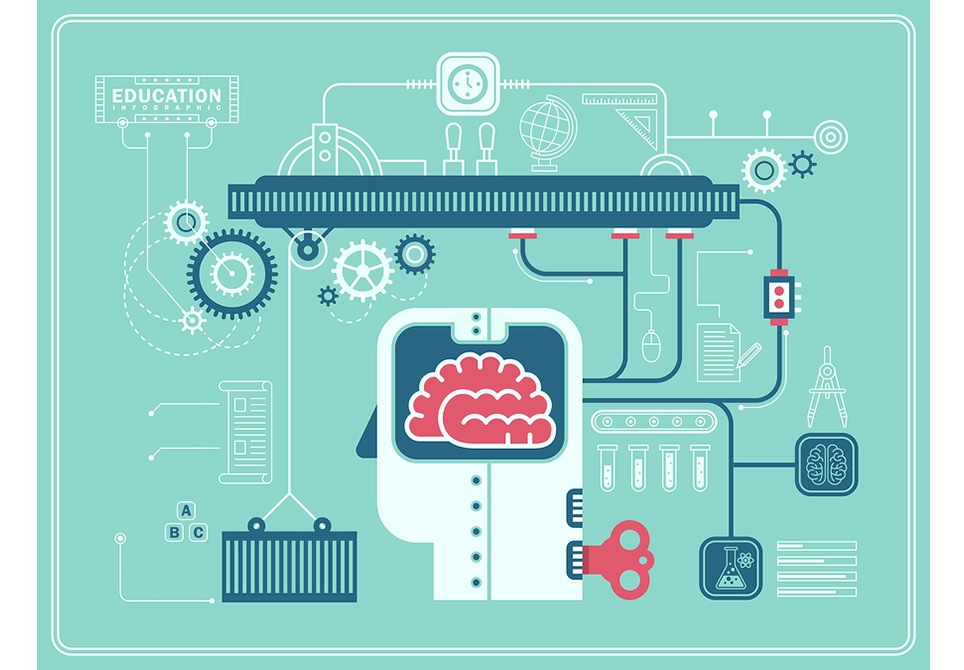AI and Behavioral Finance: Predicting Investor Behavior
AI and Behavioral Finance: Predicting Investor Behavior Artificial intelligence (AI) has made huge strides in the financial sector, especially in the area of behavioral finance. Traditional finance assumed rational decision-making, but we know human behavior isn’t always logical. In this article, we’ll explore how AI is used to predict investor behavior and how tools like AI in personal finance, AI algorithms in robo-advisors, and AI detecting financial fraud can lead to smarter investing. What is Behavioral Finance? Behavioral finance studies the psychological factors influencing financial decisions. Unlike traditional models based on rational choices, it recognizes that emotions and biases shape […]

AI and Behavioral Finance: Predicting Investor Behavior
Artificial intelligence (AI) has made huge strides in the financial sector, especially in the area of behavioral finance. Traditional finance assumed rational decision-making, but we know human behavior isn’t always logical. In this article, we’ll explore how AI is used to predict investor behavior and how tools like AI in personal finance, AI algorithms in robo-advisors, and AI detecting financial fraud can lead to smarter investing.
Table of Contents
What is Behavioral Finance?
Behavioral finance studies the psychological factors influencing financial decisions. Unlike traditional models based on rational choices, it recognizes that emotions and biases shape how investors act.
Key concepts:
- Heuristics: Simplified decision-making shortcuts.
- Biases: Patterns like loss aversion, where losses are feared more than gains.
- Emotions: Factors like greed, fear, and overconfidence.
Understanding these biases is essential, and AI plays a big role in predicting and mitigating them.
Key Behavioral Biases Affecting Investors
- Loss Aversion: Fear of losses leads to poor decision-making.
- Overconfidence: Investors often believe they can beat the market.
- Herd Mentality: Following the crowd leads to irrational decisions.
- Anchoring: Overreliance on initial information.
- Recency Bias: Focusing too much on recent trends.
AI helps identify and correct these biases, guiding investors toward better decisions.
How AI is Used to Analyze and Predict Investor Behavior
AI analyzes massive datasets to understand patterns in investor behavior. This can help predict how they’ll react to different market conditions.
Key methods:
- Sentiment Analysis: AI scans social media and news to gauge market sentiment.
- Machine Learning: AI learns from historical data to predict future behavior.
- Behavioral Analytics: AI tracks individual behavior over time to predict future decisions.
- Risk Profiling: AI identifies an investor’s risk tolerance based on past actions.
These AI tools allow investors to make smarter, data-driven decisions.
AI Tools for Predicting Investor Behavior
Sentiment Analysis:
- AI scans text from social media and financial news to detect public sentiment and predict market movements.
Predictive Analytics and Machine Learning:
- AI uses historical data to forecast investor behavior, helping create more accurate predictions.
Behavioral Analytics:
- Tracks individual behavior to identify biases and offer personalized advice.
Risk Profiling:
- AI analyzes past behavior to build a personalized risk profile and adjust investment strategies accordingly.
These tools help create more personalized and effective financial strategies.
Benefits of Using AI to Predict Investor Behavior
- Improved Decision Making: AI helps investors recognize and avoid biases, leading to better decisions.
- More Accurate Predictions: AI’s analysis of data leads to more precise forecasts of investor actions.
- Personalized Strategies: AI customizes financial advice based on an investor’s behavior.
- Market Efficiency: AI can predict collective investor behavior, improving market pricing and reducing inefficiencies.
Challenges and Limitations of AI in Behavioral Finance
- Data Quality: AI is only effective if the data it analyzes is accurate.
- Ethical Concerns: There’s a need for responsible AI use to avoid manipulation.
- Overfitting: AI models may over-rely on past data, making them less useful for future predictions.
- Bias in AI: AI can inherit biases from the data it is trained on, leading to inaccurate predictions.
The Future of AI in Behavioral Finance
As AI evolves, it will continue to improve predictions and offer more personalized insights. Future developments could include:
- AI and Blockchain Integration: Using AI for real-time fraud detection and enhanced transparency.
- Real-time Behavioral Analytics: More responsive systems that adapt to market changes.
- Greater Personalization: AI tools that adapt to investors’ evolving behaviors.
- Ethical AI: Ensuring AI’s use in investing remains fair and transparent.
Conclusion
AI is revolutionizing behavioral finance, helping investors make better decisions by recognizing and overcoming biases. With tools like AI algorithms in robo-advisors and AI detecting financial fraud, AI offers smarter, data-driven strategies. As AI continues to evolve, it will provide even more personalized and accurate insights, making it a key player in the future of investing.








































































